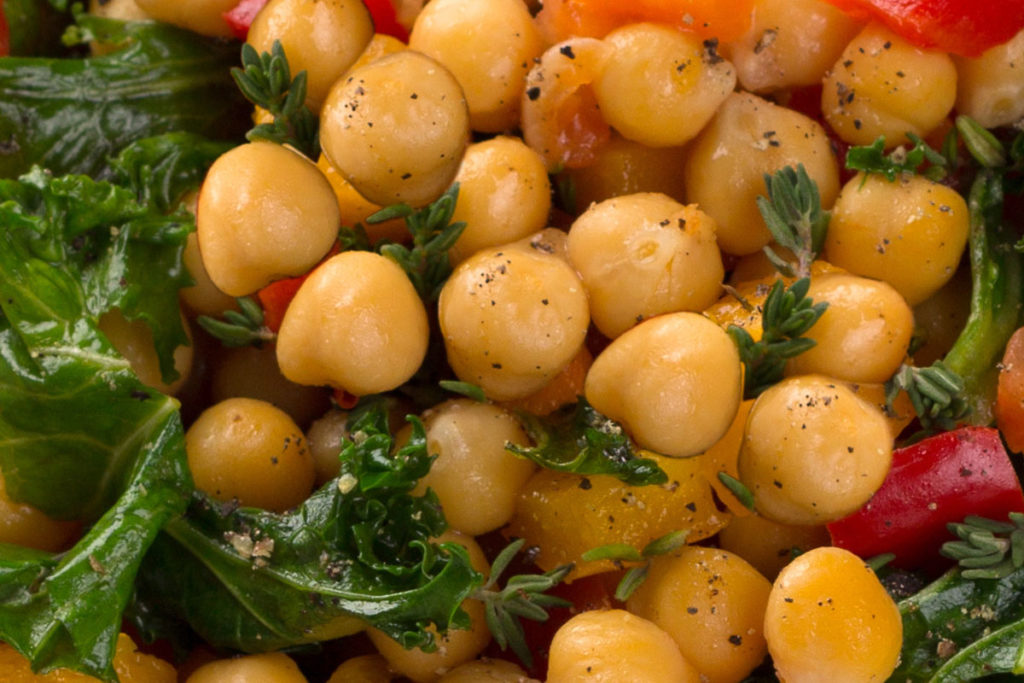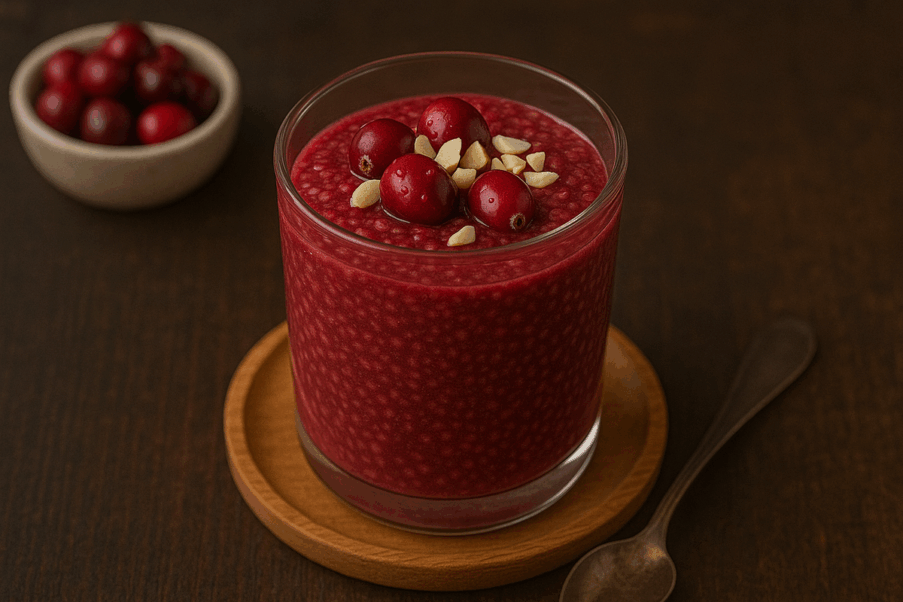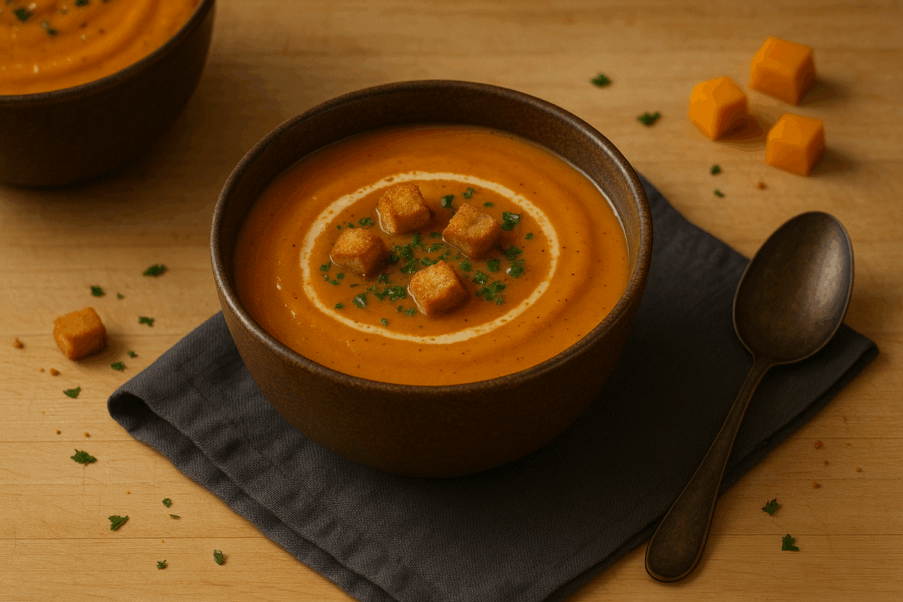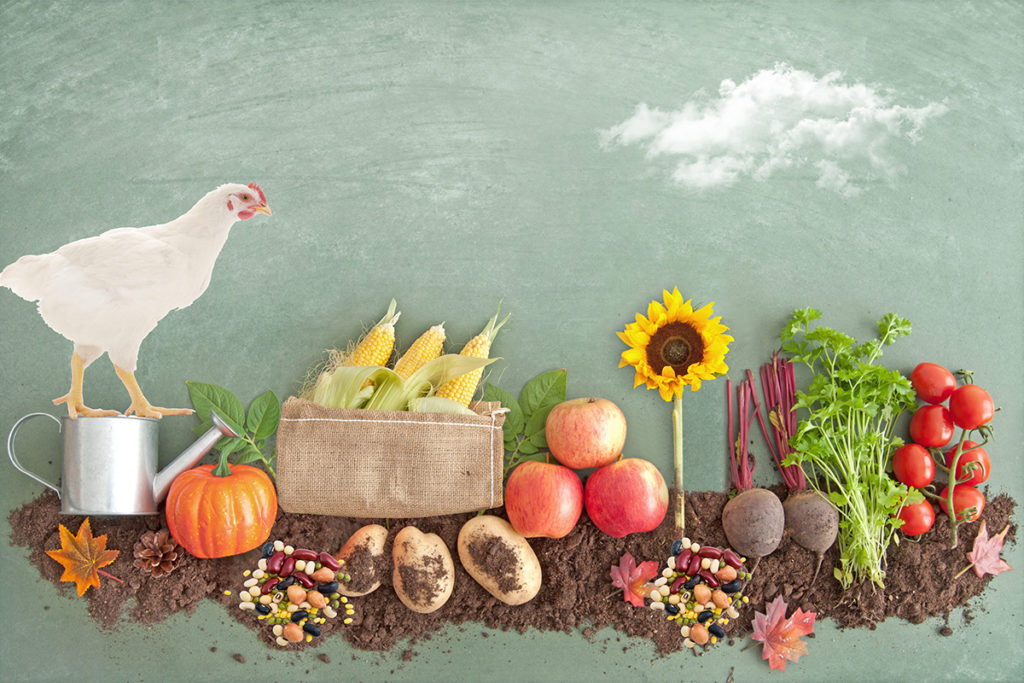Recipe for Health: Masala Chickpea Stir-Fry
Spice up a tasty dish of plant-based fiber.

It’s true: A diet rich in roughage can lead to healthier bathroom habits. That’s according to data obtained from more than 14,000 adult participants in the National Health and Nutrition Examination Survey (NHANES) 2005–2010.
An investigation published in the Journal of Human Nutrition and Dietetics found strong evidence, based on a bowel-health questionnaire, that lower dietary-fiber intake was associated with greater risk of constipation among study volunteers. Surprisingly, inadequate water consumption was not found to be a significant factor driving constipation, generally defined as having three or fewer bowel movements a week.
Beyond being uncomfortable, frequent constipation can raise the risk for conditions like hemorrhoids and rectal tears. Plus, the stool is a way to remove toxins from the body. That makes fiber-packed dishes like this quick plant-based stir-fry a great way to keep you more regular.
Masala Chickpea Stir-Fry
1 T canola or grapeseed oil
4 C cooked or canned chickpeas (drained and rinsed)
3 garlic cloves, sliced
1 T minced fresh ginger
1 T garam masala spice mixture
1/2 t turmeric
1/4 t cayenne
1/4 t salt
2 C cherry tomatoes, halved
6 C chopped kale
1/3 C chopped unsalted roasted almonds
juice of 1/2 lemon
3/4 cup plain Greek-style dairy or nondairy yogurt
2 t lemon zest
2 scallions (green onions), chopped
Heat oil in a wok or large skillet over medium heat. Add chickpeas, garlic and ginger; cook 4 minutes, stirring often. Stir in garam masala, turmeric, cayenne and salt; cook 30 seconds. Add tomatoes and heat for 2 minutes, stirring often. Add kale to pan and cook until tender and slightly wilted. Stir in almonds and lemon juice. Mix together yogurt and lemon zest. Serve chickpea mixture topped with dollops of yogurt and a sprinkling of scallions.
Ingredient Breakdown
- Chickpeas Also called garbanzo beans, chickpeas are rich in protein, folate, fiber and iron.
- Tomatoes Recent research has shown that eating tomatoes may help lower your risk of stroke, likely due to the lycopene they contain.
- Ginger Ginger has been used for thousands of years for medicinal purposes, including relieving nausea, motion sickness and pain.
- Kale With more nutritional value than spinach, kale may help improve blood glucose control, lower the risk of cancer and reduce blood pressure.
Sources: Harvard T.H. Chan School of Public Health 2020; Medical NewsToday.com 2020.
Matthew Kadey, MS, RD
Matthew Kadey, MS, RD, is a James Beard Award–winning food journalist, dietitian and author of the cookbook Rocket Fuel: Power-Packed Food for Sport + Adventure (VeloPress 2016). He has written for dozens of magazines, including Runner’s World, Men’s Health, Shape, Men’s Fitness and Muscle and Fitness.





